Before VMWare, VirtualBox and other virtualization/emulator environments, hardware emulators were required if you wanted to run other computing environments on a different piece of hardware.
Hardware Emulators
Atari hardware running Macintosh software (Spectre GCR)
Macintosh hardware running PC software (Orange PC)
Today, there are developers who are creating new hardware emulators (implementations) of older hardware such as the Amiga 500 (the Minimig).
Hardware Emulators
Atari hardware running Macintosh software (Spectre GCR)
Macintosh hardware running PC software (Orange PC)
Today, there are developers who are creating new hardware emulators (implementations) of older hardware such as the Amiga 500 (the Minimig).

Spectre GCR - The Spectre GCR was a hardware add-on to the Atari ST computers that plugged into the cartridge port. It essentially turned the Atari ST into an Apple Macintosh computer. The Spectre GCR required the owner to purchase a set of official Apple Macintosh 128K ROMs and the Macintosh Operating System 6.0.8 disks. This avoided any legal issues of copying/pirating Apple's software. The emulator runs best with a high-resolution monochrome monitor, such as Atari's own SM124, but will run on colour displays by either displaying a user-selectable half of the Macintosh screen, or missing out alternate lines to fit the lower resolution colour display. The Spectre GCR plugged into the cartridge slot, and modified the frequency of the data to/from the single-speed floppy drive of the Atari ST, thus allowing it to read Macintosh GCR format discs which required a multi-speed floppy drive. [source: http://en.wikipedia.org/wiki/Spectre_GCR]
http://www.oocities.org/clu-da-bard/
http://dev-docs.atariforge.org/files/Spectre_GCR_Manual.pdf
http://www.oocities.org/clu-da-bard/
http://dev-docs.atariforge.org/files/Spectre_GCR_Manual.pdf
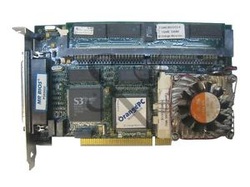
Orange PC - PCI card (5V 32-bit slot) that allows you to run Windows 95/97 and DOS on PCI equipped Macs. This is a model 540 which has an Intel P1 onboard running at 166 MHz.
http://en.wikipedia.org/wiki/Orange_Micro
http://www.vintagemacworld.com/omweb/orangepcfaqs.html#Anchor-Can-42424
http://en.wikipedia.org/wiki/Peripheral_Component_Interconnect
http://www.vintagemacworld.com/O386.html
http://www.vintagemacworld.com/omweb/HowToUpgrade34.html
http://en.wikipedia.org/wiki/Orange_Micro
http://www.vintagemacworld.com/omweb/orangepcfaqs.html#Anchor-Can-42424
http://en.wikipedia.org/wiki/Peripheral_Component_Interconnect
http://www.vintagemacworld.com/O386.html
http://www.vintagemacworld.com/omweb/HowToUpgrade34.html
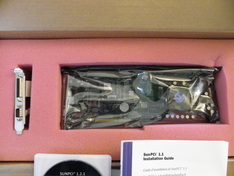
SUN Penguin PCI - SunPCi is a series of Single Board Computers with a PCI connector that adds hardware which enables Sun workstations to act as an 'PC compatible' computer. It includes an x86 processor, RAM, expansion ports, and an onboard graphics controller, allowing complete x86 operating environments on Sun Workstations.
[source: http://en.wikipedia.org/wiki/SunPCi]
SunPCi (400 MHz p/n 375-0095) (not supported on Solaris 9/10)
[source: http://en.wikipedia.org/wiki/SunPCi]
SunPCi (400 MHz p/n 375-0095) (not supported on Solaris 9/10)

Minimig - the first hardware emulator of an Amiga 500 system based on Dennis van Weeren's open source project and produced by ACube Systems in Italy. The original Amiga chipset (OCS and ECS) is re-implemented in FPGA. Furthermore, thanks to the onboard 68000 cpu, the same used on the original machine. the emulation of the original hardware is accurate and it is possible to run a wide number of games and applications simply copying the ADF files (they are images of the original floppy disks) on a standard SD card. Standard PS2 keyboard and mouse (commonly used on PCs) are supported as well as original Amiga mouse and joystick.
The Minimig is available in the following configurations:
source: http://www.acube-systems.biz/index.php?page=hardware&pid=3
The Minimig is available in the following configurations:
- Fully assembled board with 2 MB RAM and 1 GB SD Card
- Fully assembled board with 4 MB RAM and 1 GB SD Card
- Universal PSU (110 or 220V)
source: http://www.acube-systems.biz/index.php?page=hardware&pid=3
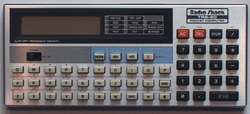
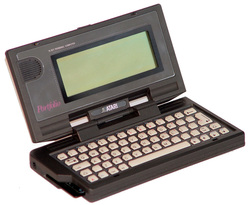
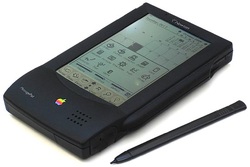
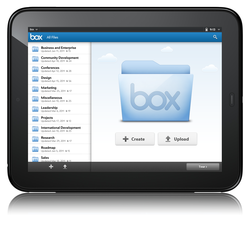
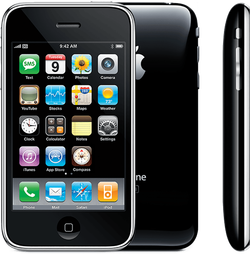
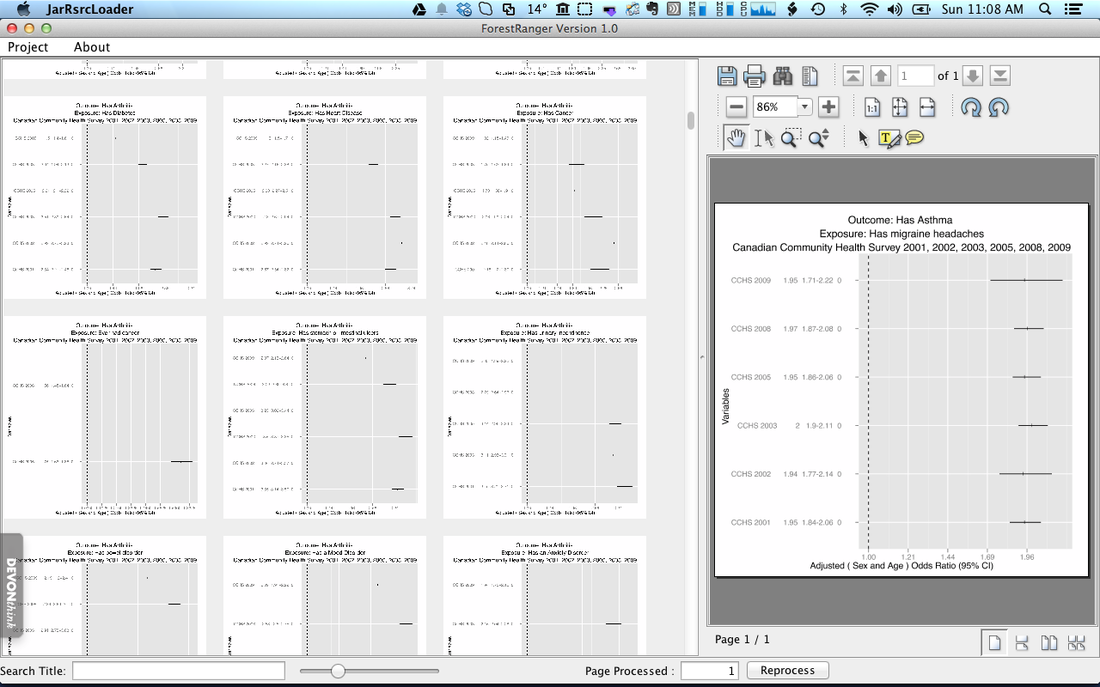
 RSS Feed
RSS Feed